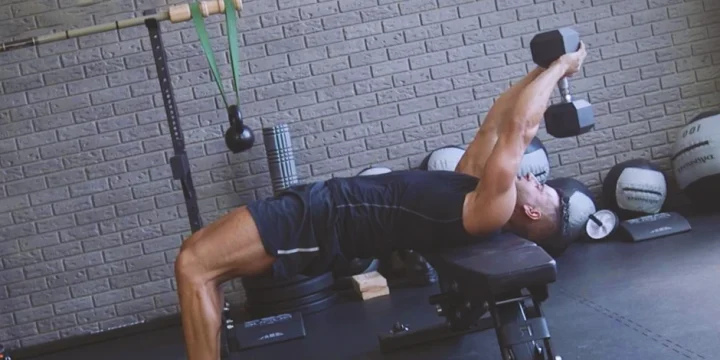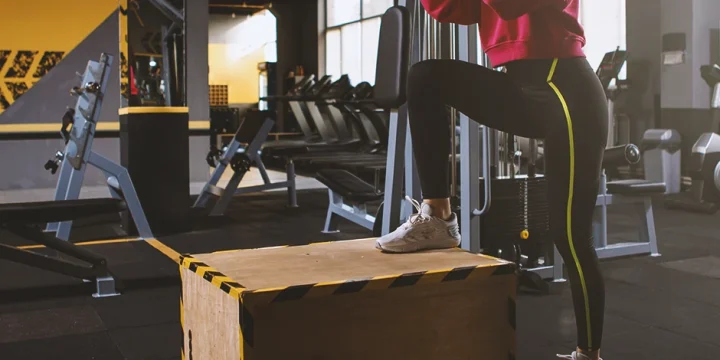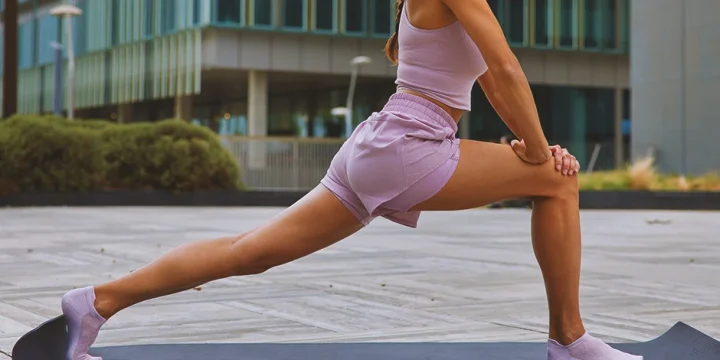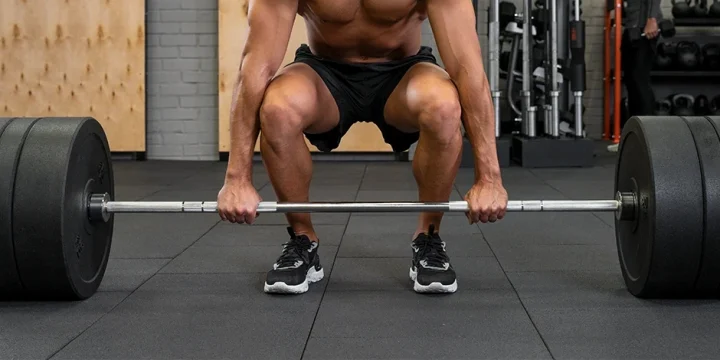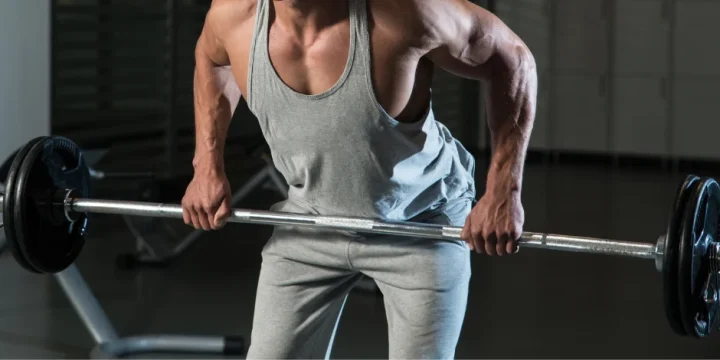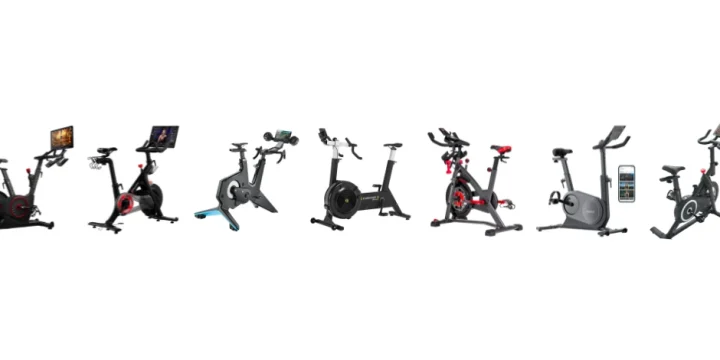In over a decade of training people of all fitness levels, I always toss in challenging exercises to enhance their mobility.
One such exercise I’ve always recommended to beginners is the windmill.
The windmill is a dynamic movement that strengthens your core, glutes, hamstrings, and shoulders while improving flexibility and mobility — provided you do it with good form.
So, here are some step-by-step instructions and helpful tips to reap the benefits of this exercise and avoid mistakes.
Quick Summary
- To perform the windmill exercise stand with your feet shoulder-width apart, rotate one foot outward, extend the opposite arm overhead, and bend towards the rotated foot while keeping your back straight, alternating sides for repetitions.
- The windmill exercise is a dynamic movement that strengthens the core, glutes, hamstrings, and shoulders, enhancing flexibility and mobility with proper form.
- One common mistake when performing windmill exercise is rounding the back, which, according to a study by the National Institute of Health can strain the lower back muscles.
- Personally, I find the windmill exercise an effective way to engage multiple muscle groups simultaneously, making it a valuable addition to a full-body workout routine.
How To Perform Windmill Exercise

Before getting started, take a look at what the windmill exercise is and how you should perform it without compromising on form.
What Is the Windmill Exercise?
The windmill is a stretching workout that improves your flexibility. It involves standing with your feet apart and twisting your body to touch the opposite foot.
It increases your flexibility and range of motion in the hips, back, and legs.
Steps To Follow
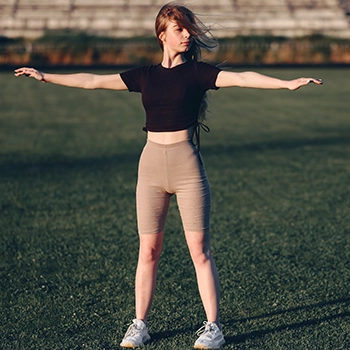
Position:
- Stand with your feet shoulder-width apart and your arms out to the sides. Keep your legs straight and your feet firmly planted on the ground.
- Rotate your right foot outward while keeping your left leg pointing straight ahead to maintain balance and stability.
- Engage your core by drawing your belly button toward your spine.
Movement:
- Rotate your torso to the right and lower your left hand toward your right foot. Keep your legs straight and extend your right arm overhead as you do this.
- Reach as far as you can without straining, feeling the stretch in your back, hips, and legs while keeping your back and knees straight.
- Hold this position for a few seconds, feeling the stretch in your muscles.
- Slowly return to the starting position, lifting your left hand to shoulder height.
- Repeat the movement on the other side by rotating your torso to the left and lowering your right arm toward your left foot while extending your left arm.
- Continue alternating sides for several repetitions, gradually increasing the range of motion as your muscles warm up.
Variations

There are several challenging variations of the windmill that work the core.
Here are a few examples:
- Kettlebell Windmill Exercise: To perform the kettlebell windmill exercise correctly, start by positioning your left arm overhead and your left leg slightly wider than shoulder-width apart, maintaining a stable starting position. Add resistance with kettlebell training as you hold the kettlebell with your right hand, keeping your other arm straight up. Keep your wrist neutral and let the kettlebell rest on the back of your wrist.
- Dumbbell Windmill: This variation involves using a dumbbell instead of a kettlebell for a slightly more challenging exercise that targets the shoulder stabilizers.
- Single-leg Windmill Exercise: Perform the windmill exercise while standing on one leg. This increases the challenge to your balance and stability and can help to improve your proprioception (awareness of your body in space).
- Wide-stance Windmill Exercise: Perform the windmill exercise with your feet slightly wider than shoulder-width apart. This can help to stretch your inner thighs and hips and increase the challenge to your core stability.
- Lunge Windmill Exercise: Begin in a lunge position with one leg forward and the other back.
I recommend performing the windmill exercise by rotating your torso and reaching your opposite hand toward your forward foot.
This variation effectively targets your glutes, quadriceps, and core, enhancing flexibility for more advanced movements.
Windmill Exercise Benefits

The benefits of windmill exercise include improved flexibility, core strength, balance, and shoulder stability.
- Improved Flexibility: This exercise involves a significant range of motion in the torso and hips, which helps in stretching and lengthening the muscles in these areas. Over time, this leads to increased flexibility, particularly in the hamstrings, lower back, and hips.
- Enhanced Core Strength: The windmill requires you to engage your core muscles to stabilize your torso as you rotate and reach down. This constant engagement strengthens the muscles of the abdomen, lower back, and obliques, contributing to a stronger, more resilient core.
- Better Balance: Performing the windmill involves a controlled, unilateral movement that challenges your balance. As you reach down with one hand while keeping the other overhead, your body must maintain stability. This improves your overall balance and coordination, which is beneficial for daily activities and other exercises.
- Shoulder Stability: The action of holding one arm overhead while performing the windmill helps in strengthening the shoulder muscles and the surrounding stabilizing muscles. This not only builds shoulder strength but also improves the joint's stability, which is crucial for preventing injuries and enhancing performance in various upper body movements.
“We tend to neglect moving side to side and rotationally (twisting and turning your body). When we don't explore those different planes, we get stiff and don’t move well.”
- Dr. Ernest Miller, Aerobic Conditioning Specialist
From what we’ve noticed, it can increase hip flexibility and reduce the risk of injury when done before heavy lifts.
Activating core muscles leads to improved functional performance, reduced back pain, improved balance and proprioception, and enhanced shoulder and hip range of motion.
Common Mistakes to Avoid

While performing the windmill, people make several common mistakes — especially not following proper form — that reduce the effectiveness of the windmill exercise benefits:
As a trainer, I advise that during the windmill exercise, you should keep one arm lowered along your body while extending the other arm overhead, palm facing forward. Maintain a slight rotation in your torso and bend forward to reach the full windmill position effectively.
- Rounding the back: One of the most common mistakes is rounding the back when you bend forward, which, according to the National Institute of Health, strains the lower back muscles [1].
- Excessive knee bend: Another common mistake when performing windmills is letting the knees bend excessively. This tends to reduce core activation and decrease stability.
Also Read: 13 Worst Exercises to Skip and Avoid
To avoid these mistakes, maintain proper form, keep the back straight, engage the core and primary muscle groups, and perform the movement slowly.
FAQs
What Does the Windmill Exercise Work?
The windmill exercise works the hips, shoulder muscles, and primary muscle groups of the core, including the obliques, rectus abdominis, and transverse abdominis.
How Do You Start Windmill Exercise for Beginners?
You start the windmill exercise for beginners with a light or no weight until you feel confident with challenging moves like pushing a kettlebell overhead. Start with a smaller range of motion and gradually increase as flexibility and strength improve.
References:
- https://www.ncbi.nlm.nih.gov/books/NBK542314/
About The Author
You May Also Like
